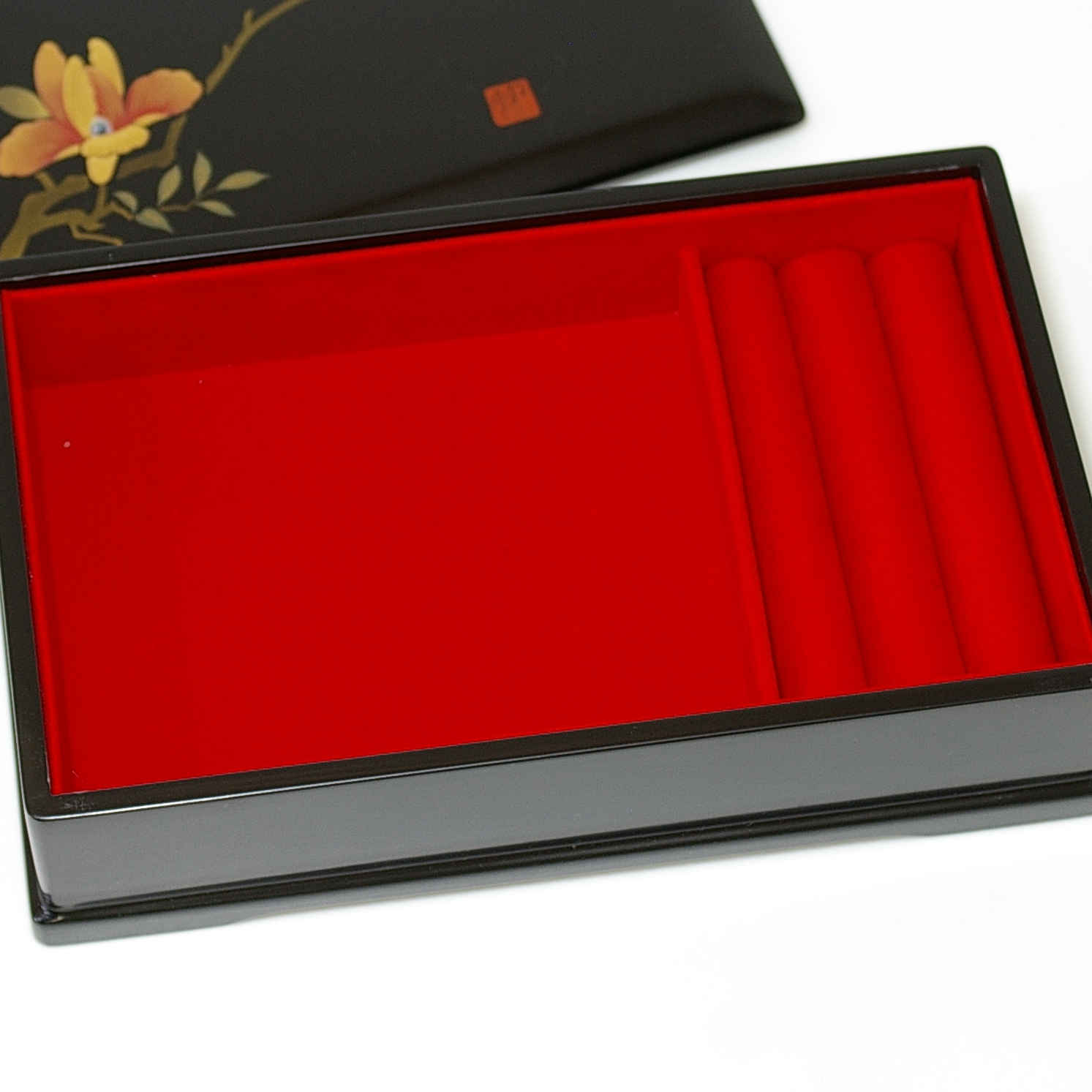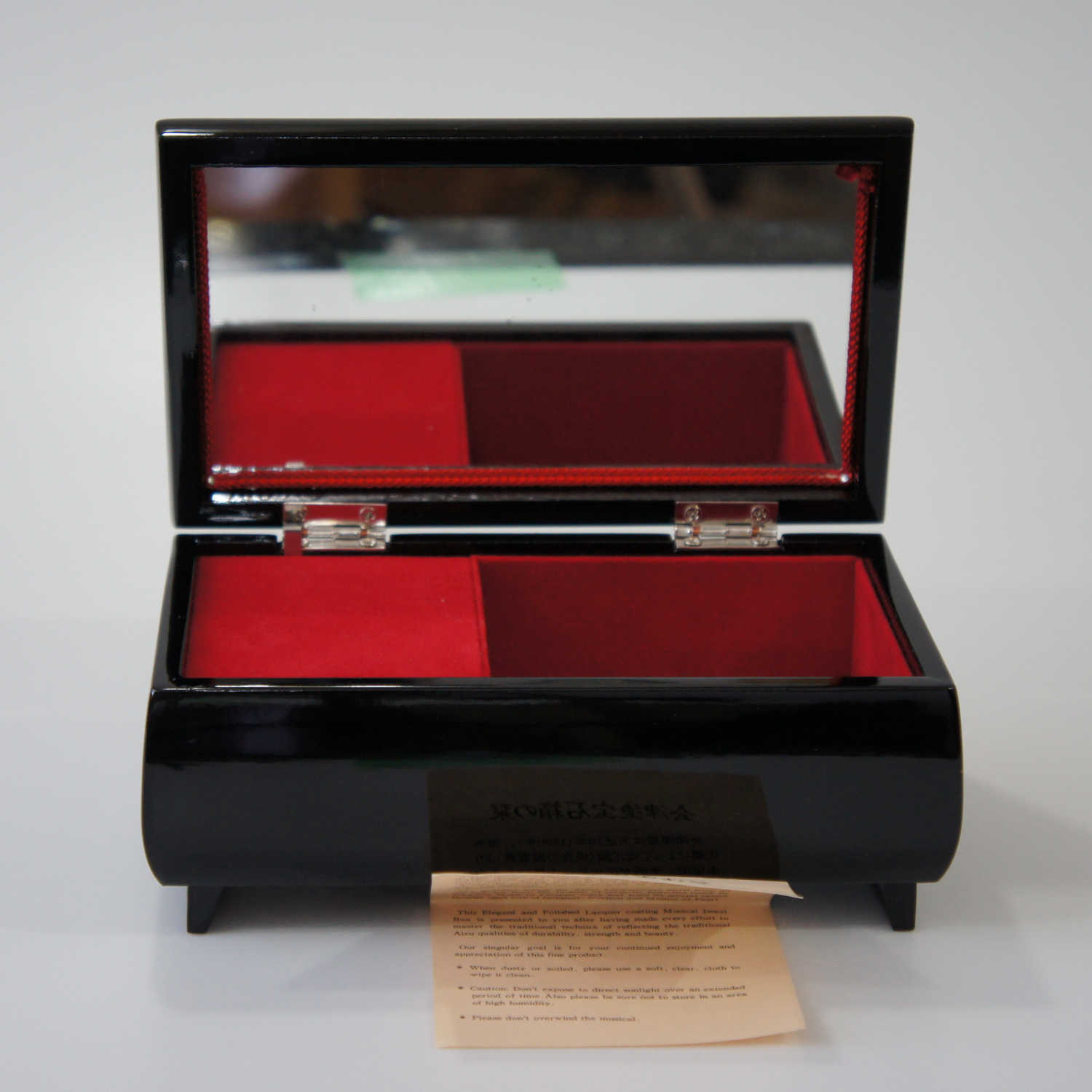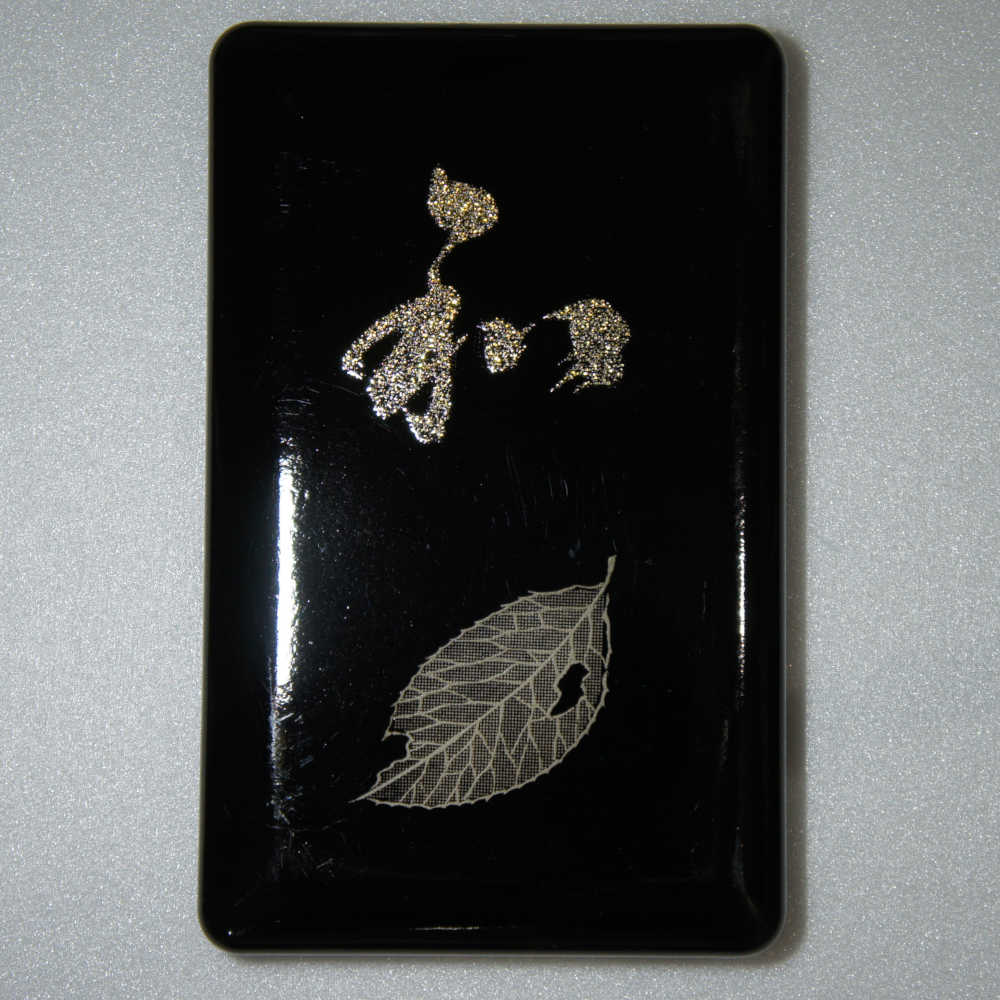Japanese Urushi case
Japanese Urushi case is Japanese craftsmen and artists widely use Japanese lacquer (urushi) in traditional crafts and artworks. Derived from the sap of plants from the Toxicodendron vernicifluum species of the Anacardiaceae family, lacquer has deeply embedded itself in Japanese culture. It is employed in crafting lacquerware, lacquered furniture, Buddhist altars, handicrafts, and decorative items. Its durability, lustrous finish, water resistance, and resilience make it suitable for various applications, from everyday items to gifts and artistic pieces.
Tableware, tea utensils, and calligraphy tools often feature lacquerware, closely associated with Japan’s traditional tea ceremony and kimono culture. Layers of lacquer are meticulously applied by skilled artisans, with each coat allowed to dry, resulting in a beautiful finish. Nevertheless, due to its challenging handling and the presence of toxic components, recent efforts have focused on exploring alternatives and improving safety standards.


